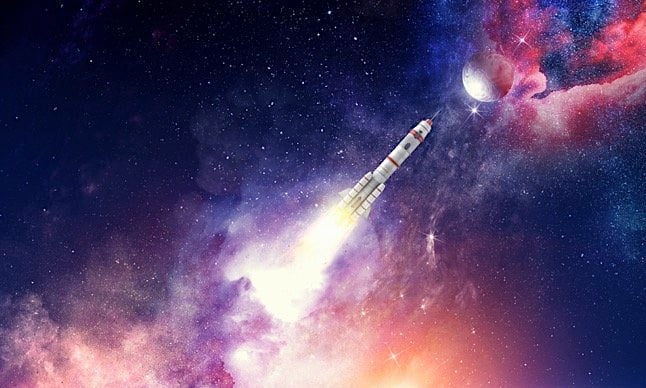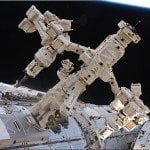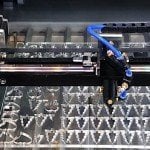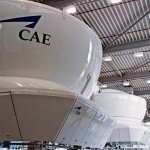A team of physicists from Technische Universität in Dresden, Germany tested the feasibility of EmDrive and Mach Effect Thrusters. The EmDrive, an experimental space engine design, gained worldwide attention after NASA reported that the engine was being tested to discover its merits. Two years later, no further updates have been presented, which led the Dresden team to follow up on this with their own testing.

The EmDrive design is rather simple, with a hollow cone made of copper and placed in a frame. Natural microwaves move throughout the cone, providing thrust. The purpose of the engine is to push a rocket through space without requiring fuel. However, many have argued that such an engine would defy the laws of physics, which is what sparked the team’s interest. If such a thing were feasible, then it would have endless possibilities. The researchers wanted to know if it was indeed possible, so they set out to test it themselves.
Mach Effect Thrusters are not as far-fetched of an idea, though they are still unlikely to be feasible. These thrusters are space drivers that use Mach’s Principle to create thrust without propellant. Mach’s Principle states that a particle’s inertia is due to the particle’s interaction with all other masses in the universe. The idea behind the Mach Effect Thrusters is that fluctuations generated in a piezo-crystal stack will create non-zero time-averaged thrust.
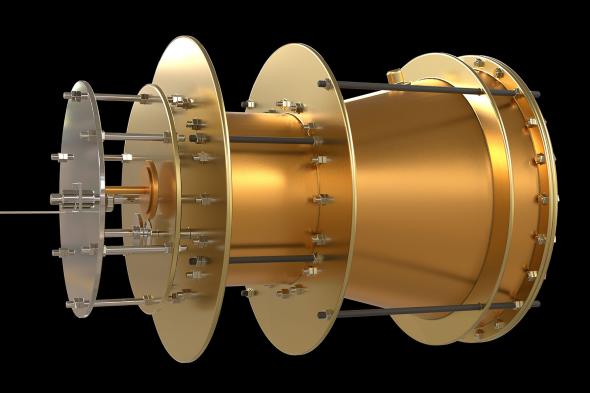
The team began by building an EmDrive similar to the one developed by NASA, using a leaked paper which offered some details. They then set it inside a vacuum chamber and fired microwaves at it. Following experimentation, they presented their findings at the Aeronautics and Astronautics Association of France’s Space Propulsion conference. According to the report, the EmDrive did experience thrust, though it likely was not created by the engine. Rather, it appeared that the thrust originated from a secondary source, causing it to thrust regardless of the direction the engine was pointing. One possibility they suggested was Earth’s magnetism.
The team also built Mach Effect Thrusters for testing in their vacuum chamber. Unlike the EmDrive, these thrusters had more promising results, though the team was not convinced that the idea is 100 per cent feasible. Although the thrusters provided thrust, it ceased when the thrusters were turned off. However, the thrust that was produced was 100 times more powerful than previously predicted. The team also reported that throwing the thrusters into reverse did not work, which led the researchers to believe that outside forces impacted the thrust.
